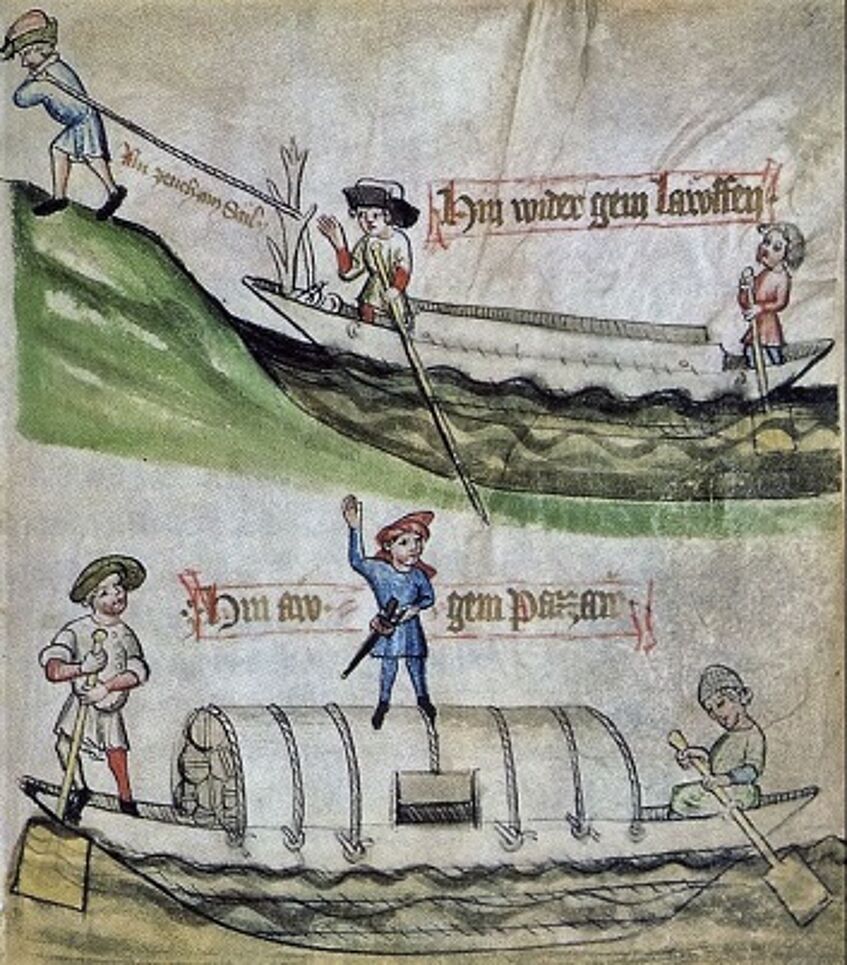City. Country. River. Transregional networks of relationships in Central European Danube cities and their surroundings (13th-15th century)

City. Country. River. Transregional networks of relationships in Central European Danube cities and their surroundings (13th-15th century)
Lecturers: Daniel Frey, Herbert Krammer, Christina Lutter und Judit Majorossy, Institute of Austrian Historical Research, University of Vienna
When and Where? April 19, 2021, 18:00-20:00 c.t., ZOOM
In many regions of medieval Europe, settlements, markets, and cities developed preferentially along rivers as traffic arteries, the surroundings of which simultaneously marked natural boundaries and meeting areas. The Danube, which crosses the continent from the Black Forest in southern Germany to the Black Sea, is an excellent example of this. Our lecture focuses on Danube cities in the Central European border region between Bavaria, Austria, Bohemia, Moravia, and Hungary. Small and large cities in this area have developed into important places of trade, economic and cultural exchange, and nodes of internal and transregional relationships since the late 12th century. If you look at these, the traditional image of a “unity” of medieval cities within their city walls becomes blurred. It has therefore been critically scrutinized by current urban history research from different perspectives and has given way to concepts of pluralization. Medieval cities were characterized by social heterogeneity, regional and supra-regional migration, complex social structures, and an often particularly dense sacral topography - which also included religious minorities, especially Jewish communities. Which different forms of belonging and community building can be identified?
Where were they located within the urban boundaries, where did they extend beyond these into the respective surrounding area and where did they extend beyond the national borders into other cities. In what way did closely intertwined relationships such as kinship, business partnerships, or religious brotherhoods affect regional and transregional professional, spiritual, intellectual, and social networks?
Foto Credit: Zechbuch "_salcz und der scheflewt zech zu Pazzaw_" ab 1422,
Passau Stadtsarchiv, II.A.25, fol.3r. © J. Majorossy
